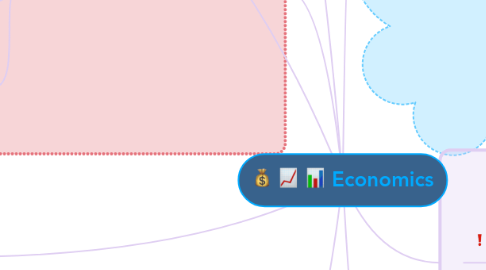
1. believe people get money they need from asking banks for it.
2. banks are places that keep money safe; no knowledge of bank operations
3. Inform students about relevant issues
3.1. Essay exam
3.2. Oral exam
3.3. Multiple choice
4. Teaching Econ.
4.1. Divide class into two teams to make gingerbread cookies: one team works as assembly line while other works independently. compare how many products are produced.
4.2. produce echo-lizards, a new toy. reminds students that all goods and services come from people.
4.2.1. Name
4.2.2. Office hours
4.2.3. Contact
4.3. Teach trade and econ. independence by dividing class into 7 groups with each group having limited materials. Explain that the groups can complete the project by trading their materials.
4.4. Teach ongoing current events by teaching opportunity cost at the community level.
4.5. Use children's lit. as vehicle for teaching econ. Stories provide context within which to embed authentic examples of econ. decision making.
4.5.1. E-learning
4.5.2. Student forum
4.6. Most powerful teaching involves lessons that include experiential learning where students engage in econ. activities followed by debriefing discussions focused on key concepts and principles.
5. Defined
5.1. The study of services and goods:
5.2. production of goods and services
5.3. consumption of goods and services
5.4. distribution of goods and services
6. Purpose
6.1. Address decision making of the use of resources: money, time, energy, or raw materials.
6.1.1. Involves considering likely consequences before committing to action.
6.2. Extends from micro (personal) to macro (national). Elementary students are not ready for macro-economics.
6.3. Four characteristics of economic literacy:
6.3.1. Consumers, savers, and investors
6.3.1.1. benefit of econ. lit. to citizenship and decision making on public issues
6.3.1.1.1. importance of application of econ. reasoning, not just knowledge of econ. facts or concepts
6.4. Elementary grades:
6.4.1. rarely focus directly on econ.
6.4.1.1. econ. themes are more common
6.4.1.1.1. econ. goals and motives are reasons for major historical events.
7. Student Knowledge of Econ.
7.1. shopkeepers sell items for same price they bought it
7.2. knows governments prints money but does not understand the circulation of money is regulated by the government.
7.3. value of item depends on size and what goes into producing it
7.4. misconceptions:
7.4.1. price depends on size
7.4.1.1. property owned by who uses it
7.4.1.1.1. value of money depends on color, picture, size, or serial number
7.5. trajectories:
7.5.1. preschoolers= no knowledge of econ. institutions, no understanding of value of money and how it is used to buy and sell
7.5.1.1. 8-10= mention several sources of money (jobs, banks, gov., or employees). Shops profit and bank operations are understood closer to ages 9 and 10
7.5.1.1.1. Kids as consumers= brand conscious, not price conscious; gradually become more aware of the value of money
